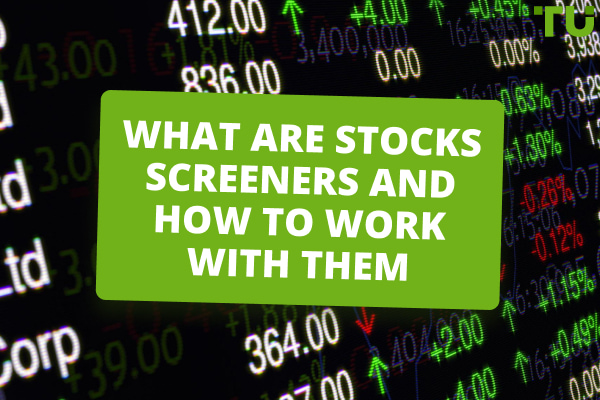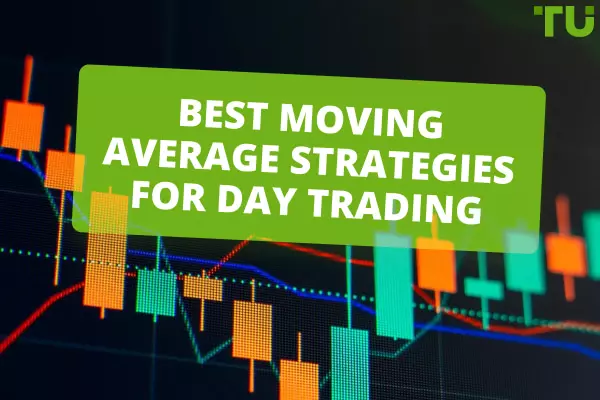Forex Swing Trading Strategies For Beginners
Every Forex swing trading beginner must try to do the following to increase their chances of success:
-
1
Gain market knowledge
-
2
Craft a trading plan
-
3
Practice with a demo account
-
4
Utilize fundamental and technical analysis
-
5
Set risk limits
-
6
Implement stop and limit orders
-
7
-
8
Focus on consistency
-
9
Be open to adapt
-
10
Choose a reliable trading partner
In the fast paced world of Forex trading, it is very important to have a solid understanding of the key tips and strategies that govern it. In this guide, the experts at TU will outline the key tips that beginners should incorporate in swing trading, and will explore some of the best swing trading strategies suitable for beginners.
Do you want to start trading Forex? Open an account on Roboforex!What is Forex swing trading?
Forex swing trading is a trading strategy employed in the foreign exchange market. Unlike day trading, where positions are opened and closed within a single trading day, and long-term investing, which involves holding assets for extended periods, swing trading aims to capitalize on medium-term price movements that typically unfold over several days to a few weeks.
Swing traders seek to identify and take advantage of price "swings" or directional changes within a broader trend. They analyze price charts, technical indicators, and market trends to spot potential entry and exit points. Instead of aiming for tiny intraday price fluctuations like day traders, swing traders focus on capturing substantial price movements that can occur as currencies experience short-term ups and downs.
The goal of Forex swing trading is to ride the upward or downward momentum of a currency pair's price movement for a significant portion of its trend, without necessarily trying to capture every minor price fluctuation. This approach provides traders with the potential to capture larger profit potential compared to day trading, while also offering more flexibility in terms of time commitment compared to long-term investing.
Swing traders often hold their positions for several days, allowing them to take advantage of short- to medium-term price trends. This means that they do not need to constantly monitor the markets throughout the trading day, making it a more suitable strategy for individuals with other commitments or occupations.
How to start Forex trading for beginners?
Any beginner considering a Forex trading career may consider these steps suggested by experts:
Grasp the basics
Before entering the world of Forex trading, it is essential to understand all the fundamentals that are associated with it. You should gain a thorough understanding of what Forex trading is, how currency pairs are exchanged, how the spread rate is calculated, and the global macroeconomic factors affecting exchange rates. There are numerous online resources to help you with that, such as beginner-friendly books, articles, and video tutorials. These resources will help you to gain valuable insight into Forex trading.
Set up a brokerage account
In order to start Forex swing trading, you will need to set up a Forex trading account with a reputable online broker. The account setup process is mostly straightforward, and it typically takes around two days to fully complete the onboarding process. When you select a Forex broker, consider important factors such as the broker’s regulation, transaction costs, and the availability of their customer support to make an informed decision.
Begin with a demo account
Once you’ve set up an account with a reputed broker, it is important as a beginner trader that you start with a demo account. This step allows you to practice trading without risking your actual money and helps you get familiarized with tools that are essential to Forex trading. A demo account provides a safe haven to gain confidence and hone your Forex trading skills before venturing into live trading.
Develop a trading strategy
It is crucial to develop a well-defined trading strategy in the world of Forex trading. This strategy enables you to develop a clear roadmap for your trading activity and is essential for your success as a Forex trader. With a clear understanding of market trends and currency pairs, you can set specific goals and setups for different trading conditions and scenarios.
Master market analysis
As a novice trader, you should learn the art of analyzing the Forex market regularly. Try to stay updated with the current news in currency trading, learn how to identify important technical levels on charts, and understand the process of leveraging conventional tools like heat maps to gauge the performance of specific currencies against their counterparts.
Cultivate emotional discipline
Emotions can play a significant role in Forex trading, often leading to impulsive decisions and costly mistakes. Practice emotional equilibrium and disciplined trading from the outset. Train yourself to exit positions when necessary and exercise patience, which will prove invaluable in your trading journey.
Important points to keep in mind before your start trading Forex
Embarking on the path to Forex swing trading requires utmost consideration of certain important factors, and these differentiate it from the traditional buy-and-hold strategies. Contrary to long-term investing, Forex swing trading focuses on a short-term approach, making these factors crucial to a swing trader’s success.
Liquidity
The ease and speed through which positions can be entered and exited in defined market conditions is known as liquidity. For Forex swing traders, high liquidity is very important to ensure that they can take multiple positions or trades within a single day. Traders can enter a market with high liquidity swiftly and can exit positions once they have achieved their profit targets.
Volatility
Forex swing traders closely monitor the volatility of their assets, which measures the speed at which a financial instrument’s price fluctuates. A period of high volatility can create numerous short-term opportunities throughout a trading day, and understanding the concept of volatility is a fundamental aspect of swing trading.
Trading volume
The trading volume of an asset indicates how frequently it is bought or sold within a specific timeframe. A high trading volume indicates that there is substantial market interest in the particular currency and can further help traders to define entry and exit conditions for a particular trade.
Tips for beginners to start swing trading in Forex
Here are some expert tips for beginners to help them start swing trading in Forex.
Gain market knowledge
First and foremost, you should educate yourself about the Forex market and learn its dynamics before putting up your actual capital at risk. Understand the currency pairs that you want to trade in and the factors influencing them before starting to trade Forex. This step is very essential to help you navigate the foreign exchange markets and help you avoid potential losses.
Craft a trading plan
As a swing trader, you should develop a well-defined trading plan. A trading plan helps to outline your profit goals, risk tolerance, methodology, and evaluation criteria. Once you have formulated the trading plan, stick to it and avoid making impulse decisions driven by emotions.
Practice with a demo account
Before trading with your actual capital, practice and test out your trading setup in real-market conditions using a risk-free demo account. This would allow you to refine your strategy continuously and gain confidence in the complex world of Forex trading.
Utilize fundamental and technical analysis
While swing trading, use both fundamental and technical analysis to identify trading opportunities. Fundamental analysis relies on the use of news and financial data such as economic calendars and central bank decisions, while technical analysis makes use of indicators like Fibonacci retracements and Bollinger Bands. Using both of them can enhance your trading approach.
Set risk limits
Always be aware of your risk appetite, and never risk more than you can afford to lose on each trade. If you’re using leverage, set it appropriately, keeping in mind your financial situation and your risk tolerance.
Implement stop and limit orders
Once you have started trading, implement stop loss and limit orders to mitigate your risk and manage profits. Trailing stop losses can be very useful as they automatically adjust as the market moves, thus safeguarding potential gains.
Control emotions
Emotional discipline is a paramount skill to master in Forex swing trading. Always avoid revenge trading after a loss and adhere to your trading plan. Impulsiveness can lead to detrimental actions, and it is best that you avoid it in Forex swing trading.
Focus on consistency
Consistency is the key to success in Forex trading. While there may be losses from time to time, maintaining a positive edge over time is crucial. Stick to your plan with patience and discipline.
Be open to adapt
Re-evaluate your trading plan as you gain experience and your goals evolve. Flexibility is necessary as the market and your needs may change over time.
Choose a reliable trading partner
Select a reputable and reliable Forex broker to ensure a smooth and fulfilling trading experience. Consider factors like pricing, execution quality, and customer service when making your choice.
Is Forex swing trading profitable?
Forex swing trading can be highly profitable, and it can offer substantial opportunities without the need for significant capital investment. As Forex brokers allow leverage trading, swing traders can use this opportunity to magnify potential gains. However, it is very important to recognize the inherent risks that come with swing trading, particularly with market volatility. In adverse scenarios, swing trading can also lead to significant losses, especially for inexperienced traders.
Having a well-thought-out strategy and implementing proper risk management techniques can contribute to consistent profits in Forex swing trading. Skilled traders may achieve monthly gains ranging from 5 to 15 percent, enabling them to start with relatively modest initial investments, such as $500 to $1000.
While successful Forex swing traders have the potential to earn substantial profits and some even become millionaires, it's crucial to acknowledge that not all traders experience such success. In reality, a significant portion of traders (up to 80%) end up losing money due to the complexities and challenges of swing trading. Achieving success in swing trading requires a high level of skill, experience, discipline, and a commitment to continuous learning. Understanding the trading techniques of the world's richest Forex traders can provide valuable insights into their secrets and strategies, aiding aspiring traders in navigating the market more effectively.
Best Forex swing trading strategies for beginners
Breakout trading strategy
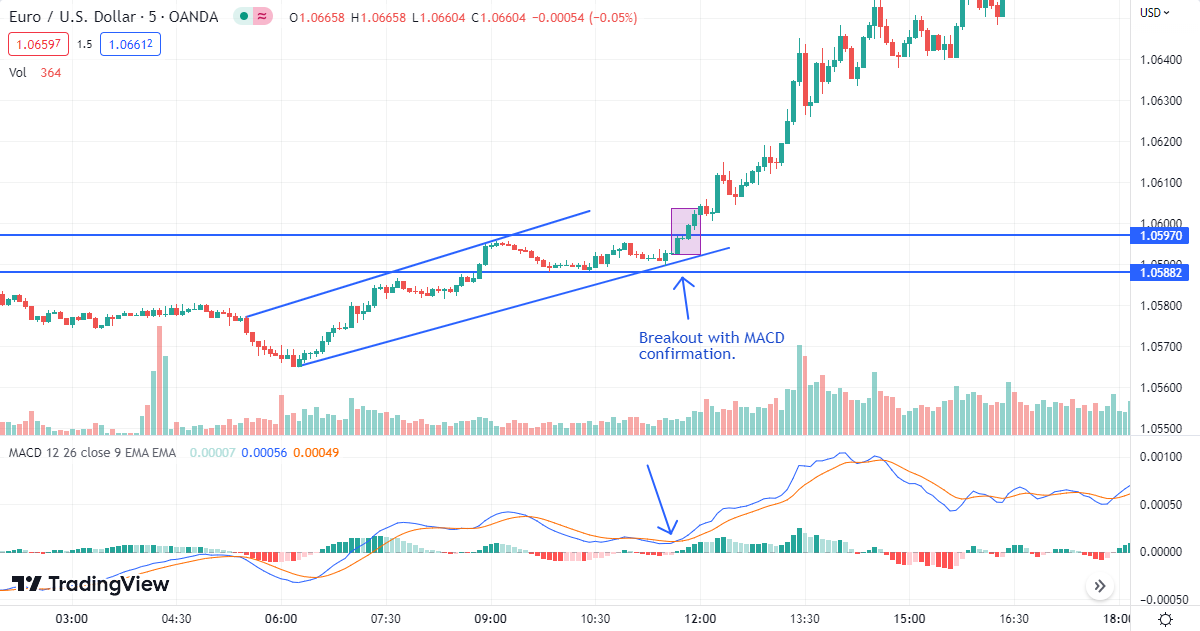
Breakout trading strategy
Breakout trading involves the detection of key support and resistance levels and then taking a trade when the price breaks through those levels. Novice traders should focus on strong breakout signals and implement proper risk management to avoid false breakouts.
Entry Point
Look for significant price levels where the market has repeatedly tested and failed to break through (support or resistance levels). Enter a trade when the price breaks decisively above resistance or below support.
Stop Loss
Set the stop loss just below the breakout point for a long trade (above for a short trade) to limit potential losses if the breakout is false.
Bollinger bands strategy
The Bollinger Bands strategy is a popular Forex swing trading strategy that uses the Bollinger Bands indicator to identify potential trading opportunities. This indicator is composed of three lines: the middle line, which represents the SMA (simple moving average) and the upper and lower bands, which are constructed according to the standard deviation.
The middle line, which is typically set to a 20-day simple moving average, serves as a baseline for the upper and lower bands. As market volatility increases, the outer bands expand, and as volatility decreases, the bands contract. This feature makes the Bollinger Bands strategy especially useful for identifying breakouts, as the expansion of the bands can indicate a strong trend.
The SMA line in the Bollinger Bands strategy also plays an important role in the analysis. Traders will often use this line to confirm potential trading signals and determine whether the market is trending or ranging. The lower and upper bands can also act as significant support and resistance levels and may be used by traders to identify potential entry and exit points.
MACD trading strategy
The MACD trading strategy is used by traders to identify trends and potential trend reversals. This strategy uses the Moving Average Convergence Divergence (MACD) indicator, which is composed of two lines: the MACD line and the signal line.
To generate the MACD line, the 12-day Exponential Moving Average (EMA) is subtracted from the 26-day EMA. Meanwhile, the signal line is derived from a 9-day EMA of the MACD line. The interplay between these two lines is analyzed by traders to detect possible opportunities to buy or sell.
Entry point
When the MACD line crosses above the signal line, it is considered a bullish signal and traders may look to enter a long position. Conversely, when the MACD line crosses below the signal line, it is considered a bearish signal and traders may look to enter a short position.
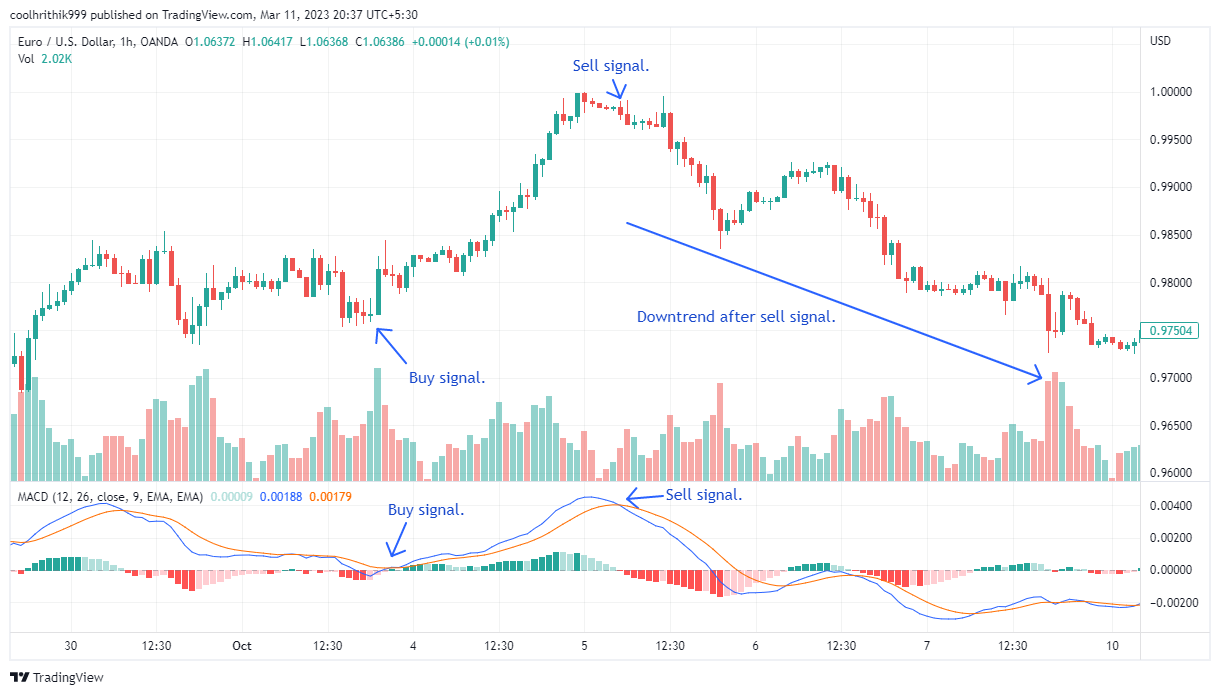
MACD trading strategy
Forex pattern trading
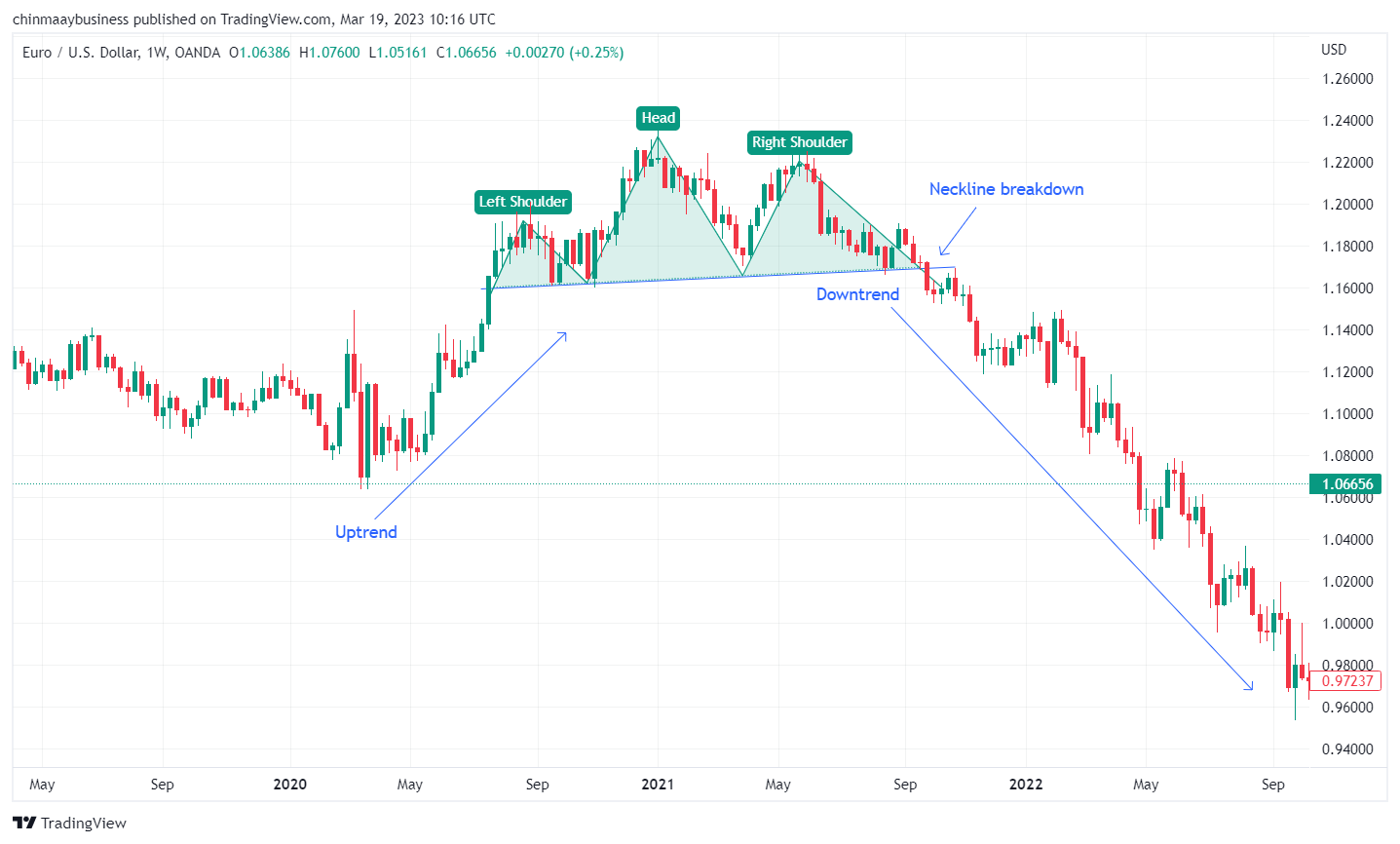
Forex pattern trading
Forex pattern trading entails recognizing chart patterns like triangles, head and shoulders, and double tops/bottoms, which can provide trading signals. Beginners should confirm patterns with other technical indicators and wait for valid breakout or breakdown signals.
Entry point
Identify chart patterns (e.g., head and shoulders, triangles) forming on the charts and enter a trade when the pattern is confirmed by a breakout or breakdown.
Stop Loss
Place the stop loss below the pattern's breakout point for a long trade (above for a short trade) to protect against false patterns.
Trend following strategy
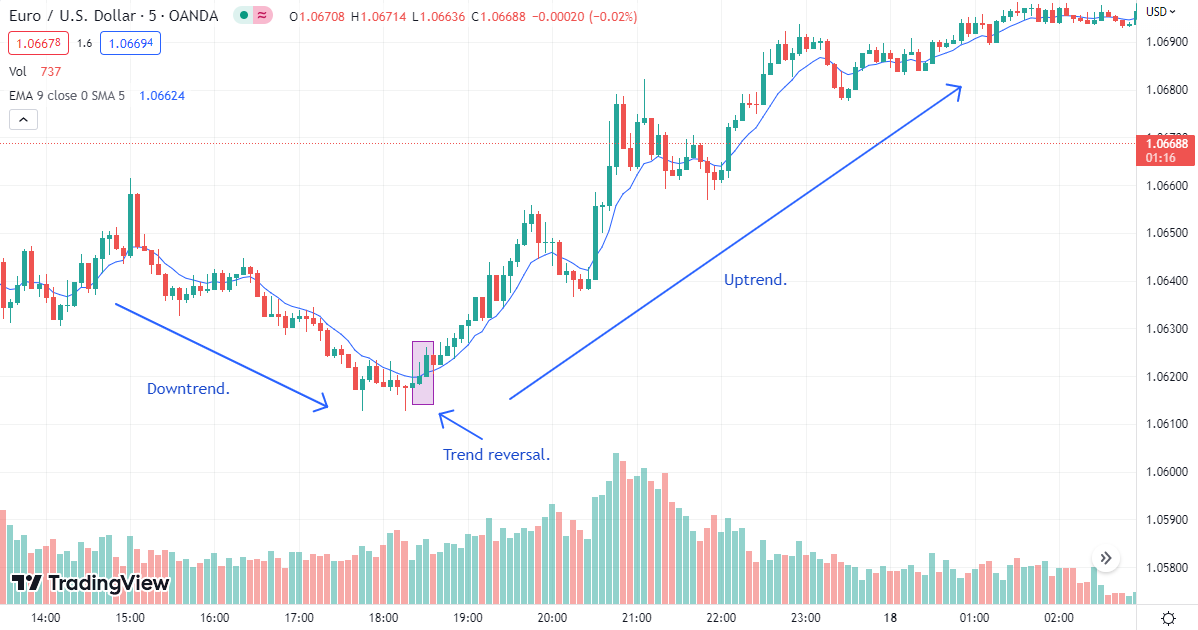
Trend following strategy
Forex trend following involves riding the market trends and entering trades in the direction of the prevailing trend. Beginners can use trend lines, trend-following indicators like Moving Averages and ADX to identify trends and avoid counter-trend trades.
Entry point
Enter trades in the direction of the prevailing trend. For an uptrend, enter long trades on pullbacks to support or when a new higher high is formed. For a downtrend, enter short trades when price rallies to resistance or when a new lower low is formed.
Stop Loss
Set the stop loss below the recent swing low for a long trade (above for a short trade) to guard against trend reversals.
Moving Average crossover strategy
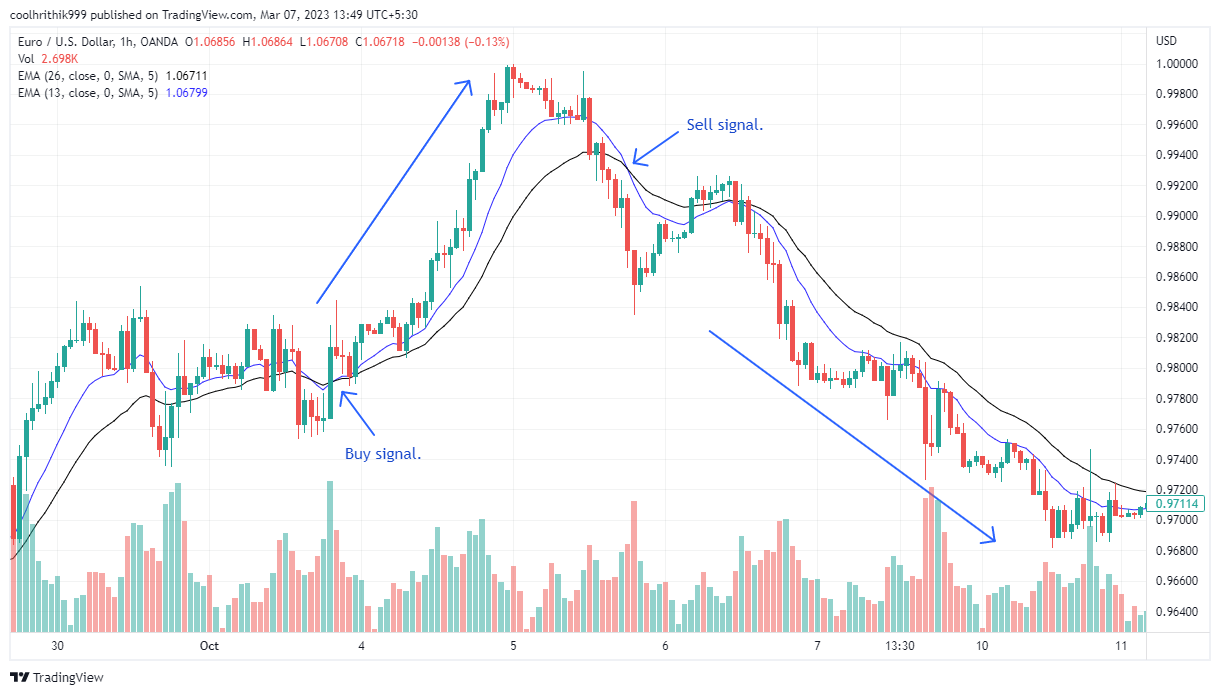
Moving Average crossover strategy
The Moving Average (MA) crossover strategy involves using different periods of moving averages to identify trend direction, support, and resistance levels. When asset prices cross over their moving averages, it generates trading signals for technical traders.
Entry point
Traders can use moving average crossovers to identify potential entry points. For example, a trader might sell when a price bounces off or crosses the MA from above – in order to close below the moving average.
Stop Loss
Determine the stop loss level by considering the risk tolerance and market conditions, aiming to protect against potential losses.
Best swing trading brokers in 2024
RoboForex
RoboForex is a brokerage company that started in 2009 and operates in 169 countries. It provides services to financial markets and claims to have more than 3.5 million users. It is based in Cyprus, Greece, and is regulated by the Cyprus Securities and Exchange Commission (CySEC). They offer trading in Forex and contracts for difference (CFDs) in 35 Forex pairs, including exotic pairs. There are no commission fees on CFDs and no deposit or inactivity fees while the withdrawal fees depend on the payment method. RoboForex has won multiple industry awards and is considered a reliable partner by financial market experts.
Key features:
Demo account available
Low minimum trade of $1
35+ FX pairs offered (inclusive of exotic FX pairs)
100 instruments offered
No commission on CFDs
No deposit fees
IC Markets
IC Markets is a regulated Forex broker based in Sydney, Australia. They are licensed by the Australian Securities and Investments Commission and the Seychelles Financial Services Authority. Their effective spreads are competitive, with an average spread of 0.02 pips for the EUR/USD and an all-in cost of 0.62 pips (0.72 pips on MetaTrader) after adding the commission equivalent of 0.6 pips for the cTrader account. The Standard account, which is commission-free, has an average spread of 0.62 pips.
Key features:
EUR/USD average spread 0.1 pips
Free VPS server
MT4/MT5/cTrader trading platforms supported
Over 2200 supported markets
FAQs
What is the easiest Forex strategy for beginners?
There is no one easiest trading strategy in Forex. It depends on a particular trader and the strategy that he considers the easiest to trade in. Some beginner strategies that can be used are the breakout trading strategy, trend trading strategy, and scalping.
What is the easiest strategy to trade Forex?
The trend-following strategy is considered one of the easiest strategies to trade Forex.
What is the 5-3-1 rule in Forex?
The 5-3-1 rule in Forex means focusing on five currency pairs, sticking with three trading strategies, and choosing one specific time in a day to trade.
What is the best strategy for Forex?
The best Forex strategy depends on individual needs and preferences.
Glossary for novice traders
-
1
Trading
Trading involves the act of buying and selling financial assets like stocks, currencies, or commodities with the intention of profiting from market price fluctuations. Traders employ various strategies, analysis techniques, and risk management practices to make informed decisions and optimize their chances of success in the financial markets.
-
2
Broker
A broker is a legal entity or individual that performs as an intermediary when making trades in the financial markets. Private investors cannot trade without a broker, since only brokers can execute trades on the exchanges.
-
3
Swing trading
Swing trading is a trading strategy that involves holding positions in financial assets, such as stocks or forex, for several days to weeks, aiming to profit from short- to medium-term price swings or "swings" in the market. Swing traders typically use technical and fundamental analysis to identify potential entry and exit points.
-
4
Forex Trading
Forex trading, short for foreign exchange trading, is the practice of buying and selling currencies in the global foreign exchange market with the aim of profiting from fluctuations in exchange rates. Traders speculate on whether one currency will rise or fall in value relative to another currency and make trading decisions accordingly.
-
5
Volatility
Volatility refers to the degree of variation or fluctuation in the price or value of a financial asset, such as stocks, bonds, or cryptocurrencies, over a period of time. Higher volatility indicates that an asset's price is experiencing more significant and rapid price swings, while lower volatility suggests relatively stable and gradual price movements.
Team that worked on the article
Chinmay Soni is a financial analyst with more than 5 years of experience in working with stocks, Forex, derivatives, and other assets. As a founder of a boutique research firm and an active researcher, he covers various industries and fields, providing insights backed by statistical data. He is also an educator in the field of finance and technology.
As an author for Traders Union, he contributes his deep analytical insights on various topics, taking into account various aspects.
Dr. BJ Johnson is a PhD in English Language and an editor with over 15 years of experience. He earned his degree in English Language in the U.S and the UK. In 2020, Dr. Johnson joined the Traders Union team. Since then, he has created over 100 exclusive articles and edited over 300 articles of other authors.
Mirjan Hipolito is a journalist and news editor at Traders Union. She is an expert crypto writer with five years of experience in the financial markets. Her specialties are daily market news, price predictions, and Initial Coin Offerings (ICO).





